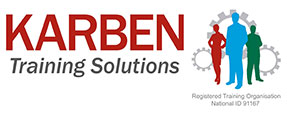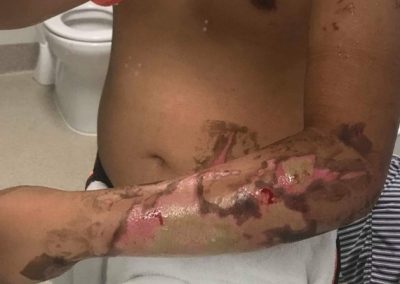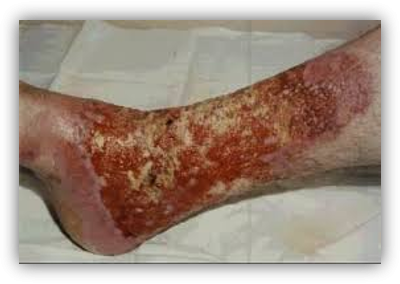FIRST AID ESSENTIALS
BURNS
A burn is an injury caused by heat, cold, electricity, chemicals, gases, friction and radiation (including sunlight) and are assessed by the area and depth.
There are three types of burn depths:
- Superficial or 1st degree burn
- Partial or 2nd degree burn
- Full thickness or 3rd degree burn
For example, “he has suffered 2nd degree burns to 20% of his body” means, he has burnt through the second layer of skin for an area equivalent to a full leg.
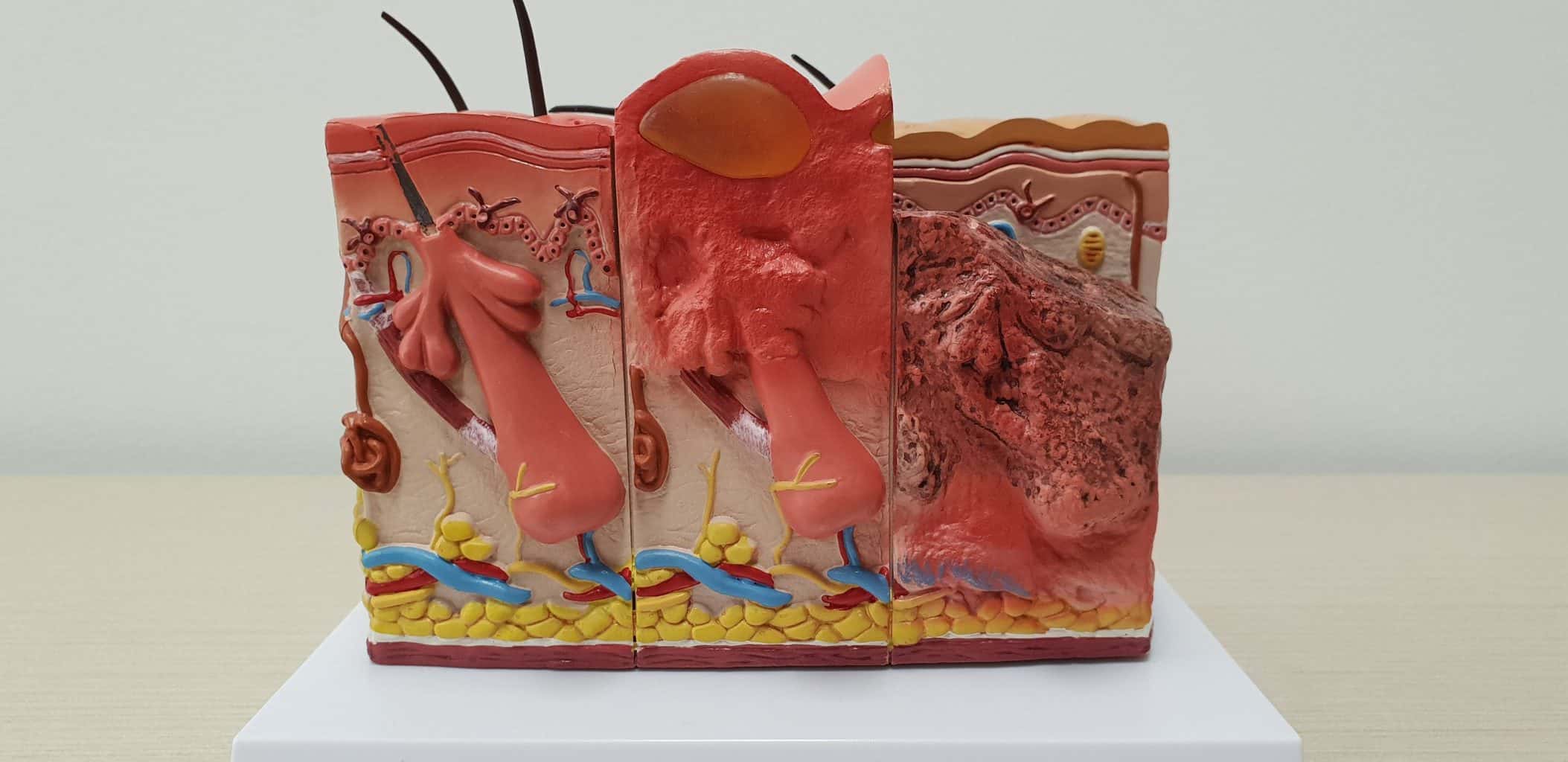
A significant burn includes:
- Burns greater than 10% of total body surface area
- Burns greater than a 20 cent piece that blister
- Burns of special areas—face, hands, feet, genitalia, perineum, and major joints
- Full-thickness burns greater than 5%
- Electrical burns
- Chemical burns
- Burns with an associated inhalation injury
- Circumferential burns of the limbs or chest
- Burns in the very young or very old
- Burns in people with pre-existing medical disorders that could complicate management, prolong recovery, or increase mortality
- Burns with associated trauma.
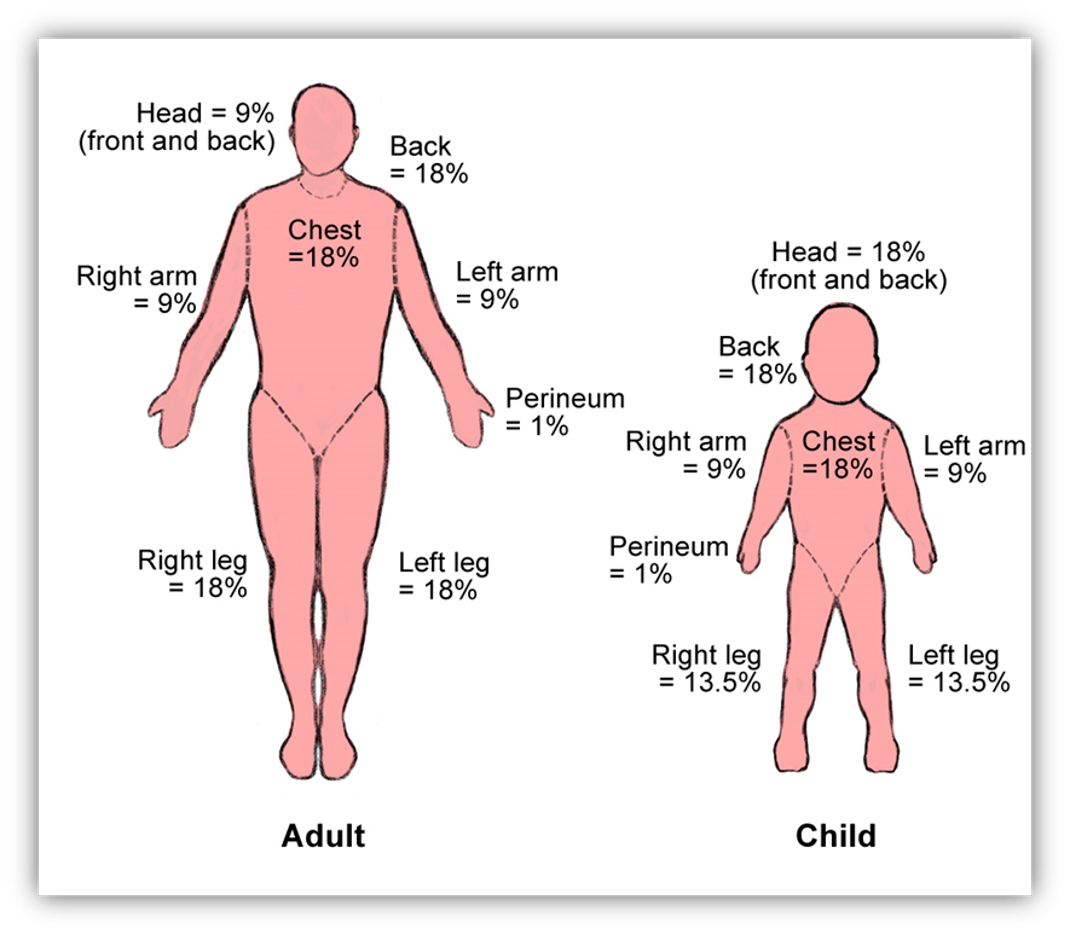
Signs and symptoms
Signs and symptoms of superficial burns include:
- Skin is red and painful
- Skin may blister and swell
Sign and symptoms of deep burns include:
- Skin is white, dark red or charred
- No pain where nerve endings have been destroyed
- Usually surrounded by superficial burns
Management
Heat/Thermal/Contact Burns
These include flame, scald, blast (hot gas), inhalation injury and direct heat contact.
- IMMEDIATELY cool burns with cool running water for 20 minutes.
- If possible, remove all constricting items such as rings, watches or jewellery from the affected area without causing further tissue damage.
- Remove wet, non-adherent clothing as clothing soaked with hot liquids retains heat.
- Cover the burnt area with a loose and light non-stick dressing, preferably clean, dry, lint free (non-fluffy) material e.g. plastic cling film.
- Cover unburnt areas and keep the rest of the victim warm to reduce the risk of hypothermia.
- Where feasible elevate burnt limbs to minimise swelling.
DO NOT peel off adherent clothing or burning substances.
DO NOT use ice or ice water to cool the burn as further tissue damage may result.
DO NOT break blisters.
DO NOT apply lotions, ointments, creams or powders other than hydrogel for management of superficial burns and scalds after primary management has been applied.
Others burns may include inhalation, electrical, radiation or chemical:
Inhalation Burns
Always assume inhalation injury if there are burns to the face, nasal hairs, eyebrows or eyelashes, or if there is evidence of carbon deposits in the nose or mouth. Coughing of black particles in sputum, hoarse voice and/or breathing difficulties may indicate damage to the airway.
An inhalation burn should be suspected when an individual is trapped in an enclosed space for some time with hot or toxic gas, steam or fumes produced by a fire, chemicals etc. An inhalation injury may result from irritant gases such as ammonia, formaldehyde, chloramines, chlorine, nitrogen dioxide and phosgene. These agents produce a chemical burn and an inflammatory response.
Do not assume the burn victim is stable following an inhalation injury simply because the victim is breathing, talking and able to get up. Some agents produce delayed pulmonary inflammation which may develop up to 24 hours later.
- Remove to fresh air.
- Assess and manage the airway (ANZCOR Guideline 4).
- Give oxygen if available and trained to do so, following The Use of Oxygen in Emergencies (ANZCOR Guideline 10.4).
- Call for an ambulance.
Electrical Burns
Electrical burns, including lighting strike, are often associated with other injuries including involvement of the cardiac and respiratory systems, loss of consciousness and trauma.
The priorities in the management of the electric shock victim are to:
- Isolate/turn off the power supply without touching the victim
- Commence cardiopulmonary resuscitation if required following the Basic Life Support Flow Chart (ANZCOR Guideline 8)
- Cool burns if safe to do so, with cool running water for 20 minutes
- Give oxygen if available and trained to do so
- Call an ambulance
- Commence cardiopulmonary resuscitation if required following the Basic Life Support Flow Chart (ANZCOR Guideline 8).
Radiation Burns
Radiation burns may be caused by solar ultraviolet radiation (sunburn), welder’s arc, lasers, industrial microwave equipment and nuclear radiation.
- Cover radiation burns with a clean, dry dressing to prevent infection.
Chemical Burns
The aim of first aid for chemical burns is not to cool the burn but to dilute the chemical.
- Avoid contact with any chemical or contaminated material, using appropriate personal protection
equipment. - Remove the victim to a safe area.
- Remove the chemical and any contaminated clothing and jewellery as soon as practical.
- Brush powdered chemicals from the skin.
- Without spreading the chemical to unaffected areas, IMMEDIATELY run cool running water directly onto the area for one hour or until the stinging stops.
- Apply a non-adherent dressing even if no burn mark is obvious.
- If chemical enters the eye, open and flush the effected eye(s) thoroughly with water for as long as tolerated and refer the victim for urgent medical attention. If only one eye is affected then flush with the head positioned so as the affected eye is down to avoid spread of the chemical to the unaffected eye. The flushing of the eye is more important than immediate transfer for medical care.
- Refer to instructions on the container for further specific treatment.
- If available, in hard copy or on the internet, refer to Safety Data Sheets (SDS) for specific treatment.
- Call the Poisons Information Centre for further advice.
DO NOT attempt to neutralise either acid or alkali burns, because this will increase heat generation
which may cause more damage.
DO NOT apply cling wrap or hydrogel dressings to chemical burns.
Quick response guide

ARC Guidelines and Related Links
Test your knowledge
True of false; the general response for burns is cool running water for 20 minutes?
